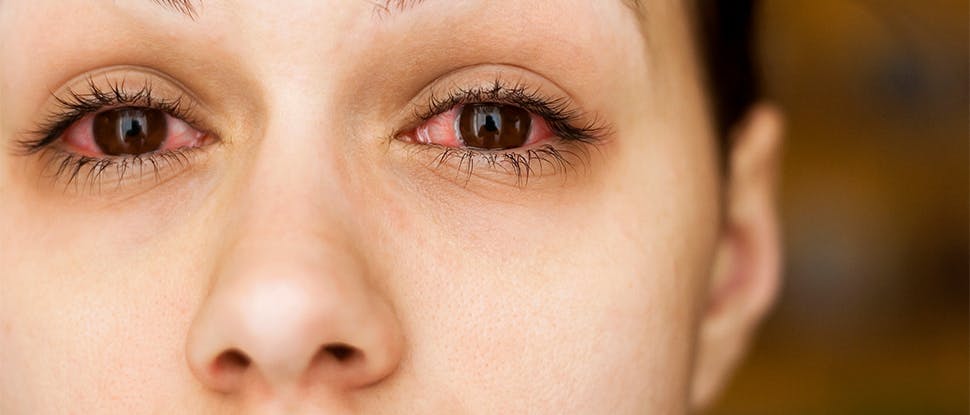Allergies: Mechanisms and causes

What is an allergy?
An allergy is an excessive or abnormal adaptive immune response directed against non-infectious, often inert environmental substances (allergens), including non-infectious components of certain infectious organisms.1
Allergic disorders, which include anaphylaxis, allergic rhinitis/hay fever, eczema, and asthma, afflict approximately 25% of people in the developed world. For people with allergies, persistent or repetitive exposure to allergens, which are typically innocuous substances, results in chronic allergic inflammation.1
In turn, this can produce long-term changes in the structure of the affected organs and substantial abnormalities in their function.1







